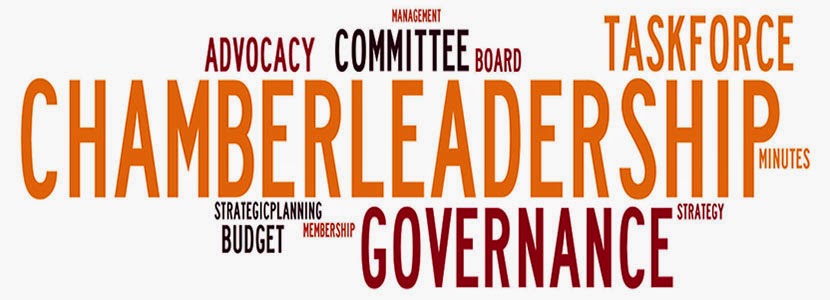I recently attended a seminar, on the title of this blog, conducted by Carol Buckland with The Communication Center.
This blog post are based on my notes from her presentation.
This blog post are based on my notes from her presentation.
She started with the six powerful words – let me tell you a story!
Telling stories affects different parts of your brain and that’s why they are remembered.
Studies suggest 90 percent audience retention using stories
An old adage but is still true today
- Tell them what you’re going to tell them
- Tell them
- Tell them again
Crafting messages using key facts/statistics – or said a different way, proof points is a sound way to go when shaping your story.
The following "Story Formula" was handed out by Carol and is a great tool to use when constructing your STORIES.
- Select - a compelling story from your personal or professional life
- Tailor - it for your audience
- Offer - useful content: a lesson, inspiration, etc.
- Relate - it to the main message of your presentation
- Illustrate - your point with unique details
- Edit - fiercely keep it clear and concise
- Seal - the deal with a strong takeaway
What is the purpose of your story? You must have a purpose!
You must also know your audience – their knowledge, attitudes, expectations, in order to tell a story that will connect and engage.
Expectations is key, you must deliver on this – think of the radio station we all listen to, WIIFM – what’s in it for me!
The Story - can your audience relate? Does it reinforce your goal?
Imagine is a great word to start a story! Fill in with details. Talk about senses (smell, sound, etc.), sequence (start at the end) and always edit your story.
Storytelling is a performance – be engaging, be expressive, be passionate and be memorable. Her final comment:
- Start strong;
- Finish strong; and
- Connect the dots
Good luck!

